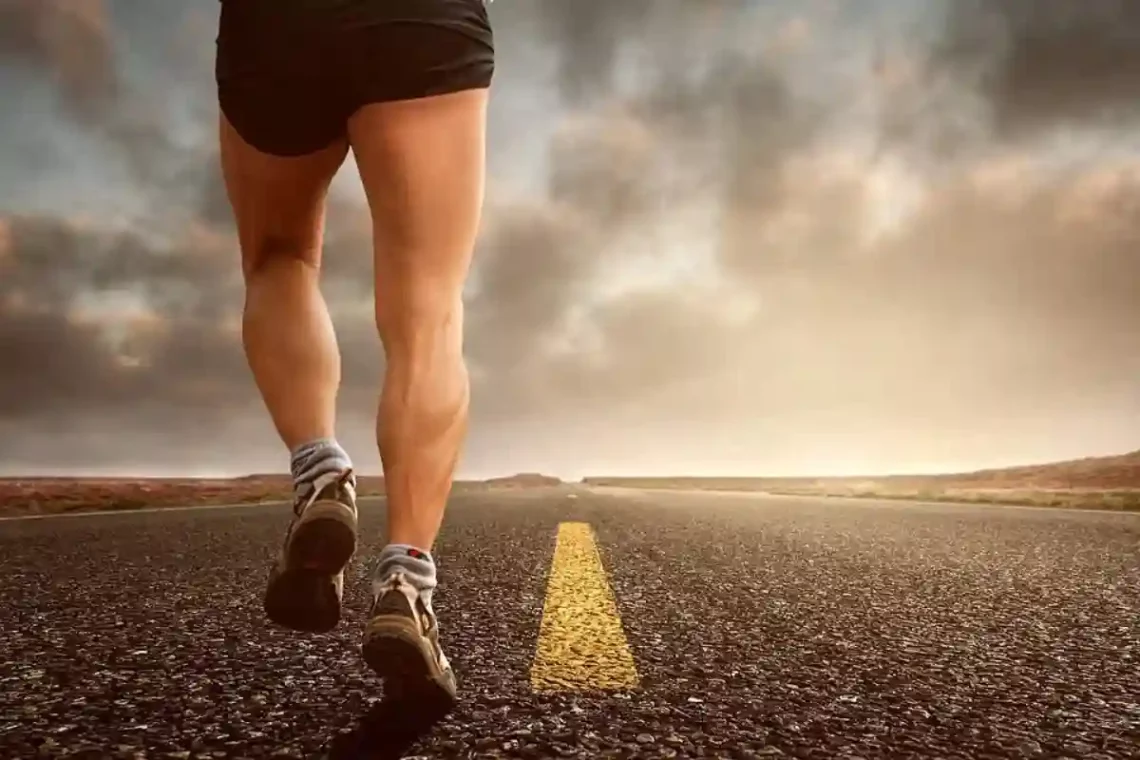Even though running offers one of the fastest ways to remain fit, it is also the easiest way to develop an injury. Both professional and novice runners are at risk of various injuries. Identifying and treating them is ideal for proper running.
Table of Contents
The Common Aches and Pain
Running is very repetitive and, as such, is prone to causing injury. No runner deserves to suffer from the pain or aches associated with running injuries. Often, injuries may be due to poor preparation, poor technique, or bad form. So what are these types of pain?
Runner’s Knee
A runner may notice swelling of the tendon either above or below the kneecap (patella). Patellar tendonitis is an inflammation of the knee-tendon and mainly occurs on the tendon below the knee.
From a biomechanics point of view, the pain mainly originates from the ankle or the hip. The injury occurs when either of these joints is not handling the impact due to running optimally. The former leads to the knee taking in more load than it ought to.
It would be best to avoid excess running when you start developing a runner’s knee. As a runner, you should always give yourself some recovery time to develop endurance.
Additionally, a runner should also exercise their hamstrings, calf muscles, and quadriceps. After developing a runner’s knee, it would be best to lay off running for at least a fortnight.
Plantar Fasciopothy
When running, the form a runner takes is vital. The poor form may lead to overloading of the muscles found on the plantar surface of the foot. The overloading is what may further cause injury to the sole.
As a runner, developing proper balance is vital for a proper running form. Improving cadence will also go a long way to prevent plantar fasciopathy.
After developing plantar fasciopathy, rest, ice, and heat when necessary will speed recovery. Practicing pulling toes apart to stretch plantar muscles may also help prevent the injury.
Hip Pain
Hip pain after running is common. Hip pain could be due to poor warm-up leading to muscles feeling a bit too tight. Note that the hip is highly susceptible to repetitive motions.
Hip pain may also be due to bursitis, a condition where fluid-filled sacs around the joint (bursa) swell.
Building good muscular endurance is the best strategy to prevent hip pain. Once a runner develops hip pain, seeking medical help is encouraged.
Modifying the running form used to adjust the volume is ideal. Hip pain after running can also be prevented by dry needling. However, this technique is dependent on the nature of the injury. However, it’s only recommended to make such adjustments after seeking professional help from a reputed digital clinic like Joint Academy.
The IT Band Syndrome
The IT (Ileo-tibial) band syndrome is due to inflammation as a result of muscle overuse. The runner is likely to experience pain on the knee or hip, probably due to a reasonably immobile ankle.
IT band may have numerous causes, and the best way to avoid it is to ensure all joints are as fluid as possible. Once a runner develops IT band syndrome, they must see a doctor who will establish the condition’s cause and treat it.
As a runner, having well-toned muscles and regular exercise is vital to prevent after-run injuries. A proper warm-up and after-run cool-down are also encouraged to prevent muscle aches and pains. All severe aches and pains require immediate medical attention, and a runner should never hesitate to visit a sports physician.

